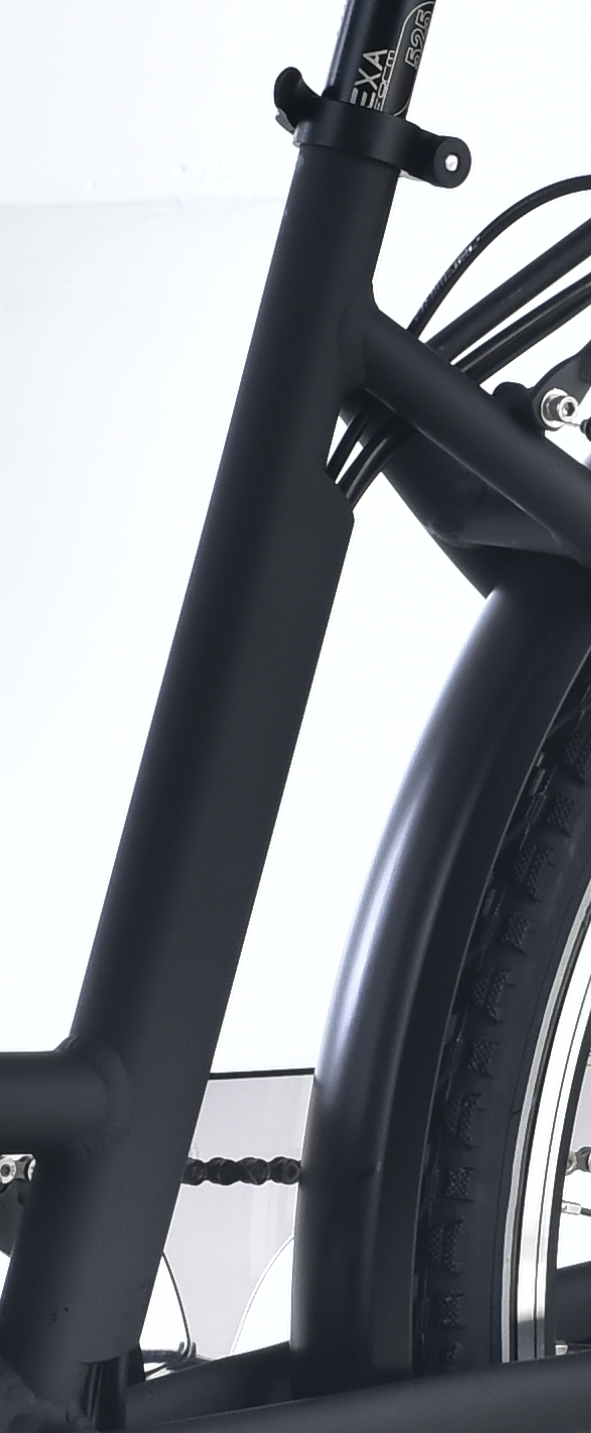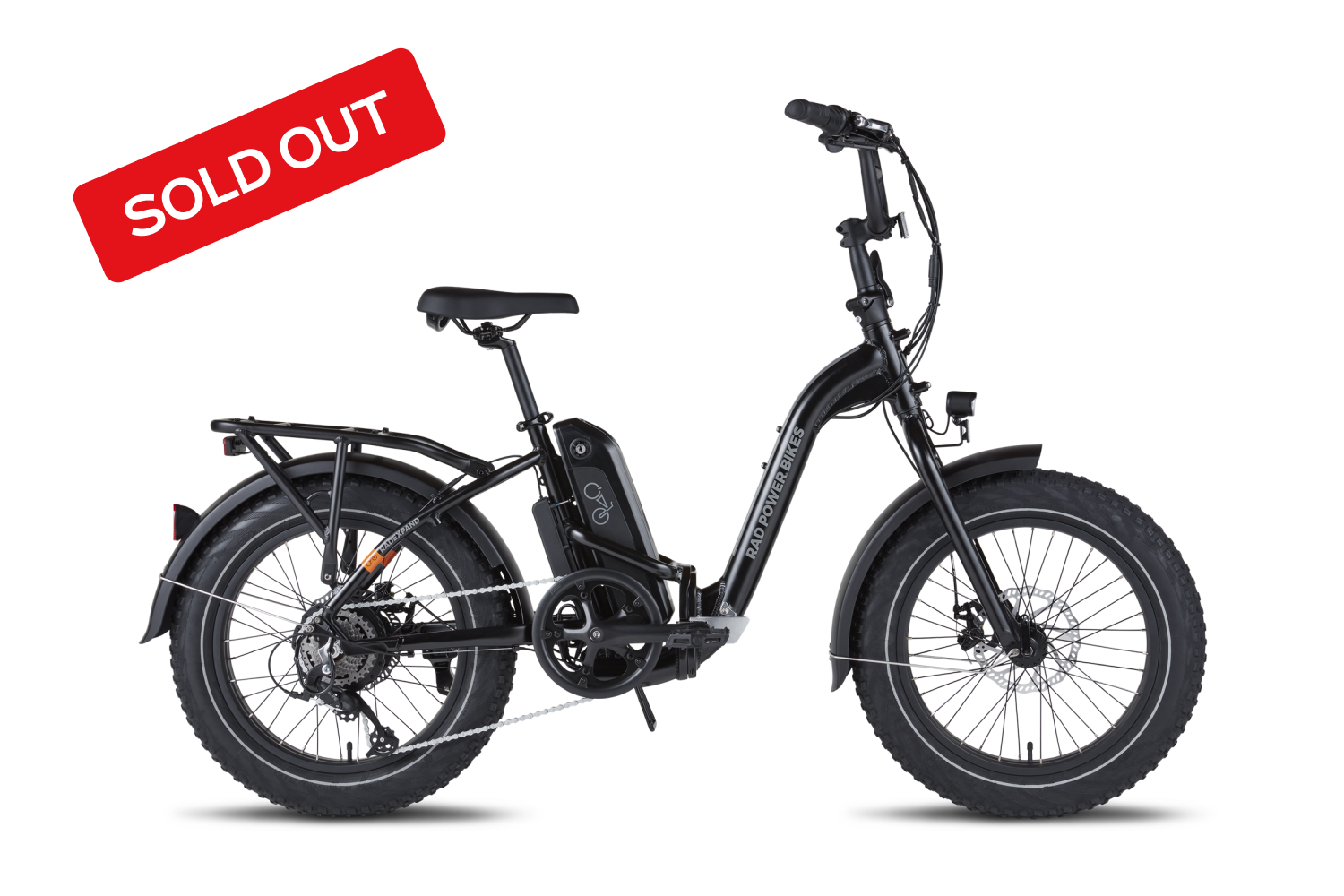I am buying two e-bikes, but I am in Australia.
But I have tested a few bikes. It seems our ebikes are cheaper here, probably due to our closeness to China, and no import duties.
I've read that while mid drives do wear the chain more, that does depend on the type of riding.
I've also read that if one doesn't use the gears on a mid bike, and for instance, leave the bike in its 7th or top gear (out of a typical 8 speed derailler gearbox) then doing so will heat up the motor more than using the gears. Making a motor work hard is more likely to wear the motor.
I've also read that while hub motors are more simple, they are more prone to overheating. This issue typically happens on a hill climb, where the motor is going flat out for a longer time, and hence it overheats and can stop due to heat protection. In the same circumstance, a mid motor setup with a rider using its gears, will not overheat.
Also, a central motor bike is easier to change a tyre/remove a wheel - because there are no electrics required to connect to the hub motor. I've read reports that hub motors that have had their electronics disconnected, can be difficult to properly re-connect. With a mid motor setup, because the motor is in the middle, changing the tyres is just the same as with a normal bike.
I have also read that the centre motor gives a more balanced ride, due to the weight being both lower than a hub motor, and also due to the motor being in the middle of the wheelbase.
But a mid motor setup is heavier. My data shows it costs an extra one kilogram, in a folding bike configuration bike.
For my riding, I would consider a hub motor. But I find a "cadence" setup (where the motor engages when the pedals rotate) as being close to dangerous. While variable power settings lowers the danger, the whole feel is instantaneous and not intuitive. But a hub motor might be OK IMO, if it had torque sensing on the pedals. But so far, only one brand has that combination, and I am yet to trial that bike.
Ensure you ride the bike. I thought I found the perfect bike (although it was heavy and I am buying folding bikes) : the he gear (out of a typical 8 speed derailler gearbox) had an 8 speed internal hub gearbox, so the gears could be changed while stationary; it had a central motor; a big battery too. And it weighed the same a sister bike that had a derailler gearbox and hub motor. But the hub motor bike felt powerful. The mid motor version felt very slow. How come? It is certainly not the concept - but somehow, the maker has done a very poor job on the motor, which felt quite marginal ie lacked power).
its very important to ride the bike before buying.











